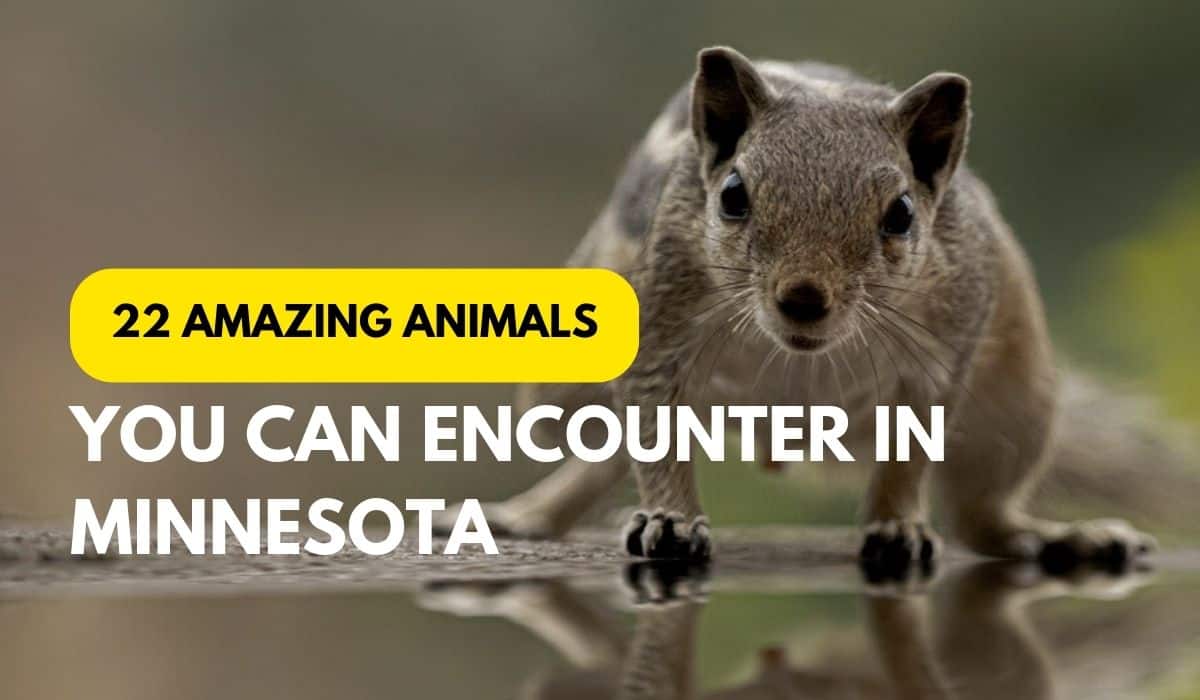Are you pondering a camping trip for your next vacation? If you decide to explore the state of Minnesota, you might be lucky enough to get a closer look at any of these 22 amazing animals who call this state home.
#1 White-tailed Deer
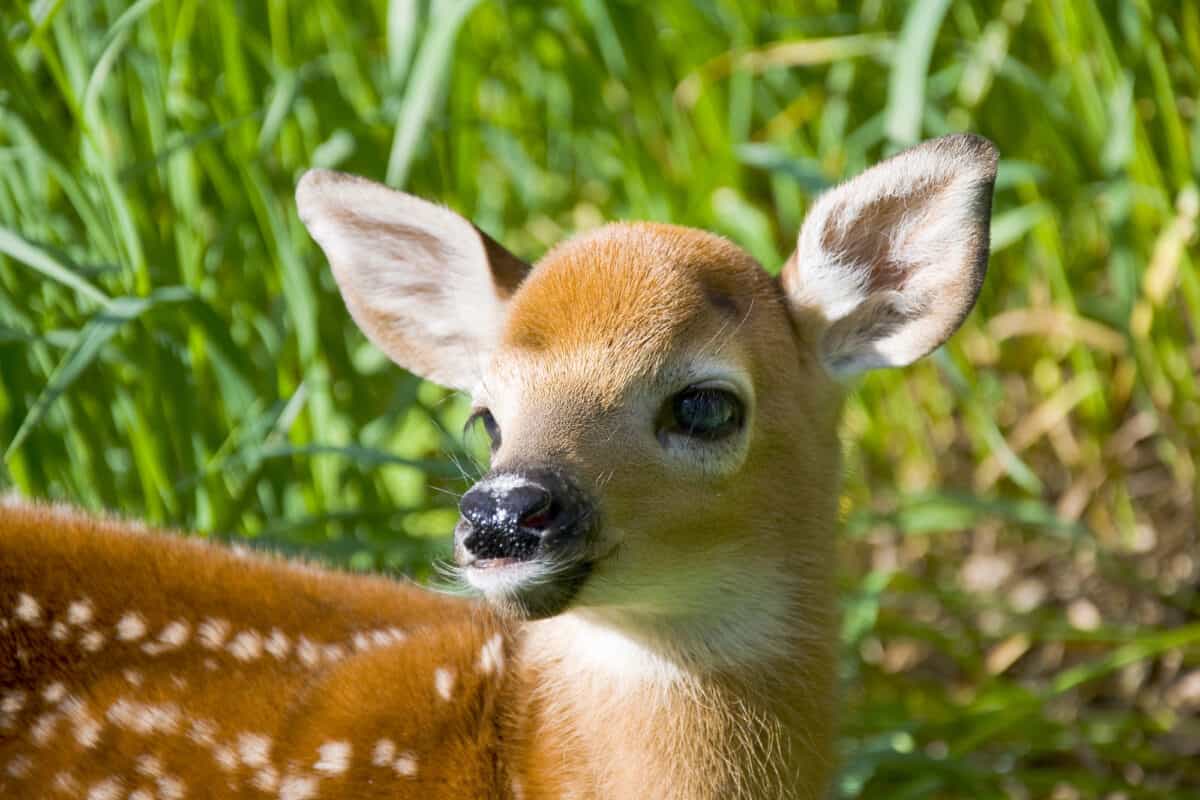
These deer are highly adaptable and can live in a variety of habitats. They are known for their distinctive white underside to their tails, which they raise as a warning signal to other deer.
#2 Black Bear
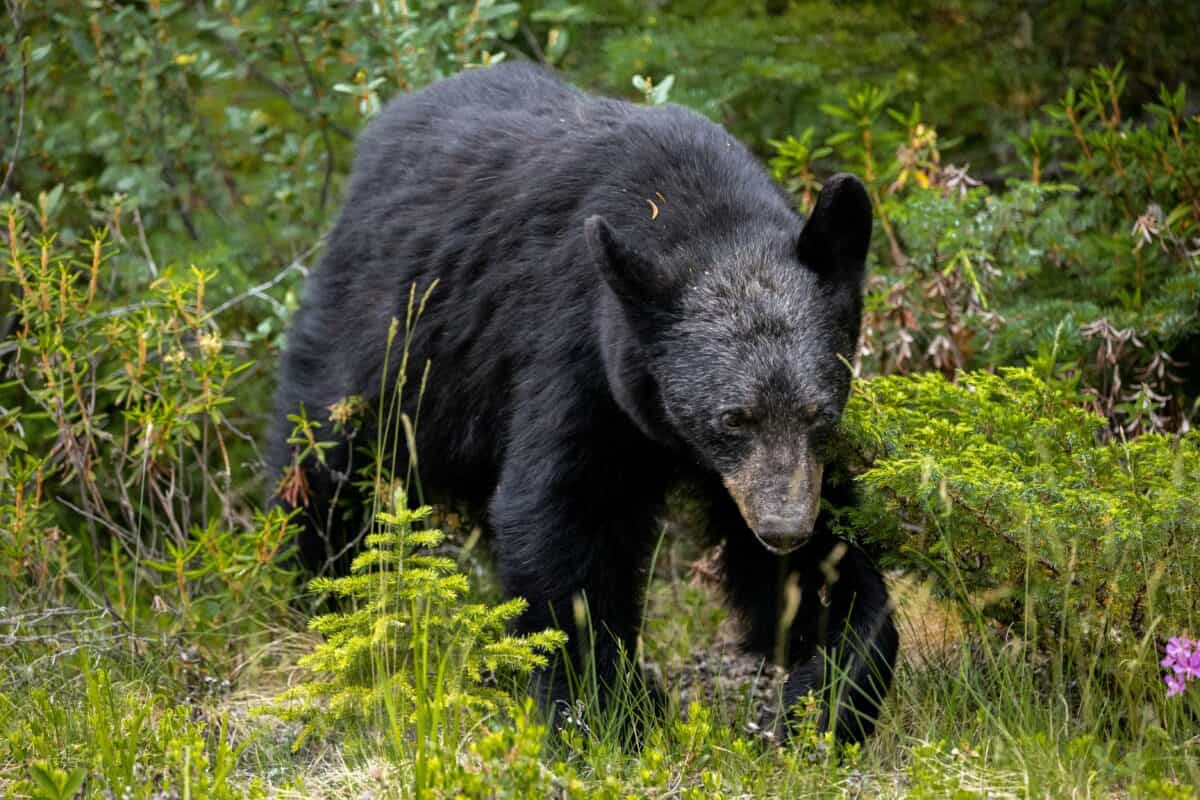
Minnesota’s largest omnivore, black bears have a diet that includes fruits, nuts, and occasionally fish. They are mostly shy and avoid humans but can become a nuisance if they associate humans with food.
#3 Gray Wolf
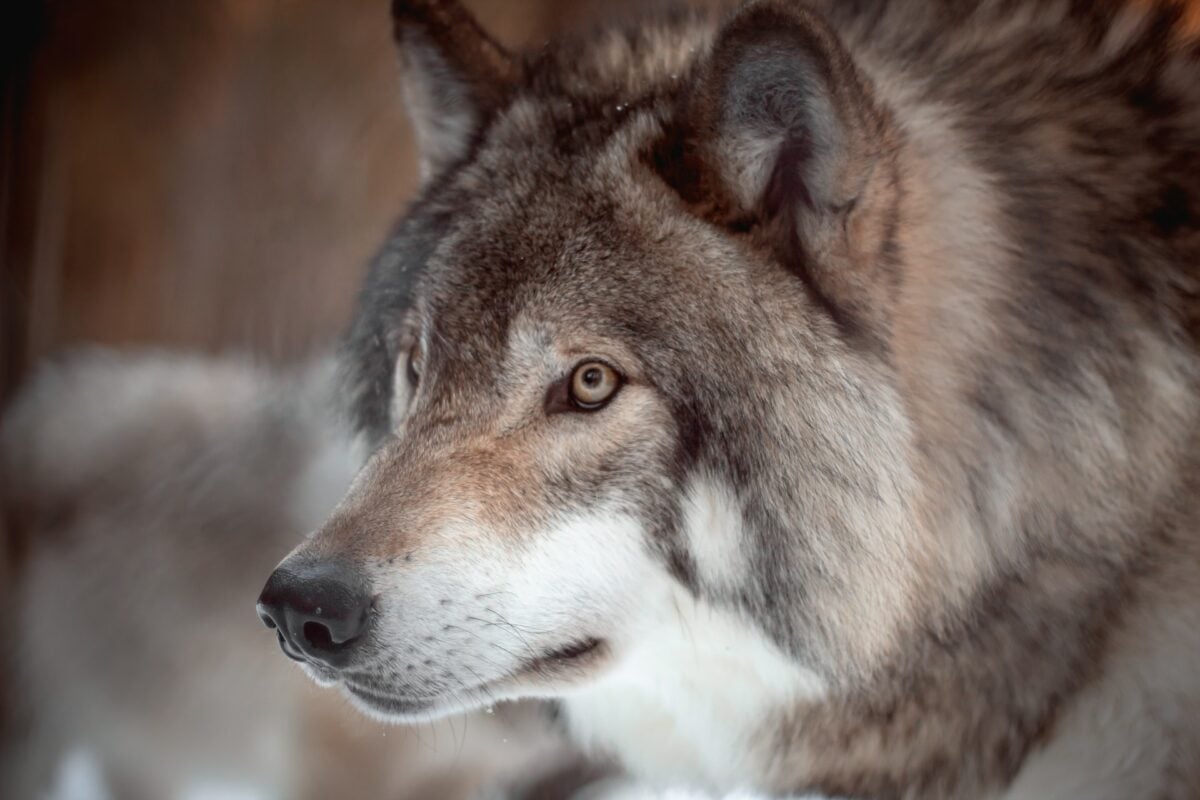
An emblem of wilderness, gray wolves live in packs and play a crucial role in their ecosystem by managing the population of prey animals. Their presence in Minnesota is a testament to successful conservation efforts.
#4 Red Fox
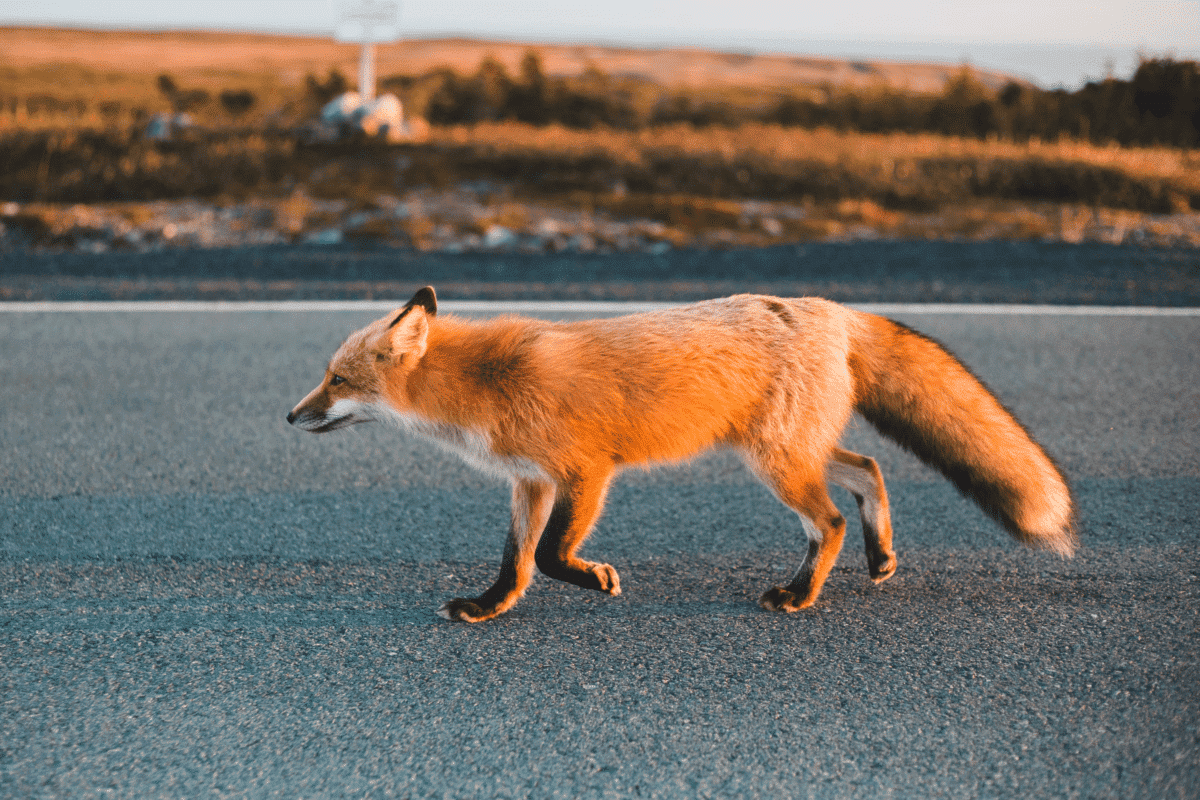
These clever animals have a varied diet that includes rodents, rabbits, and even fruits. Red foxes are solitary hunters and are known for their incredible adaptability to both urban and wild environments.
#5 Bald Eagle
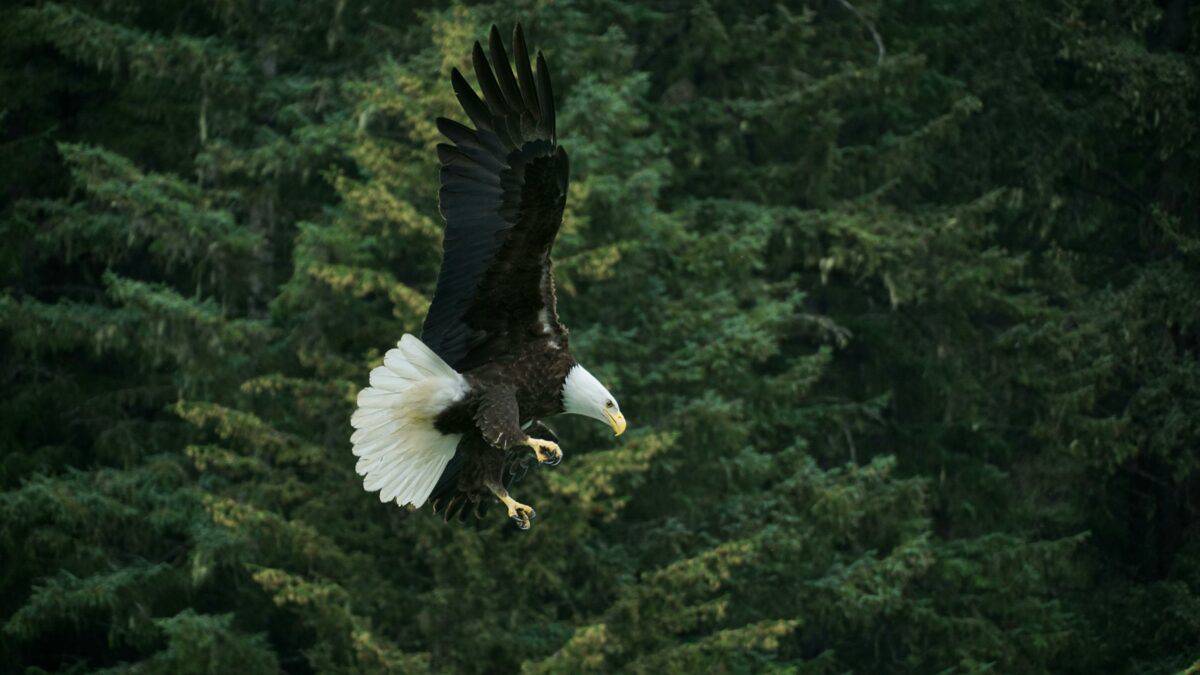
The national bird of the United States, bald eagles are powerful raptors with a wingspan of up to 7.5 feet. They build large nests, often reused and added to each year, in tall trees or cliffs near water.
#6 Great Horned Owl
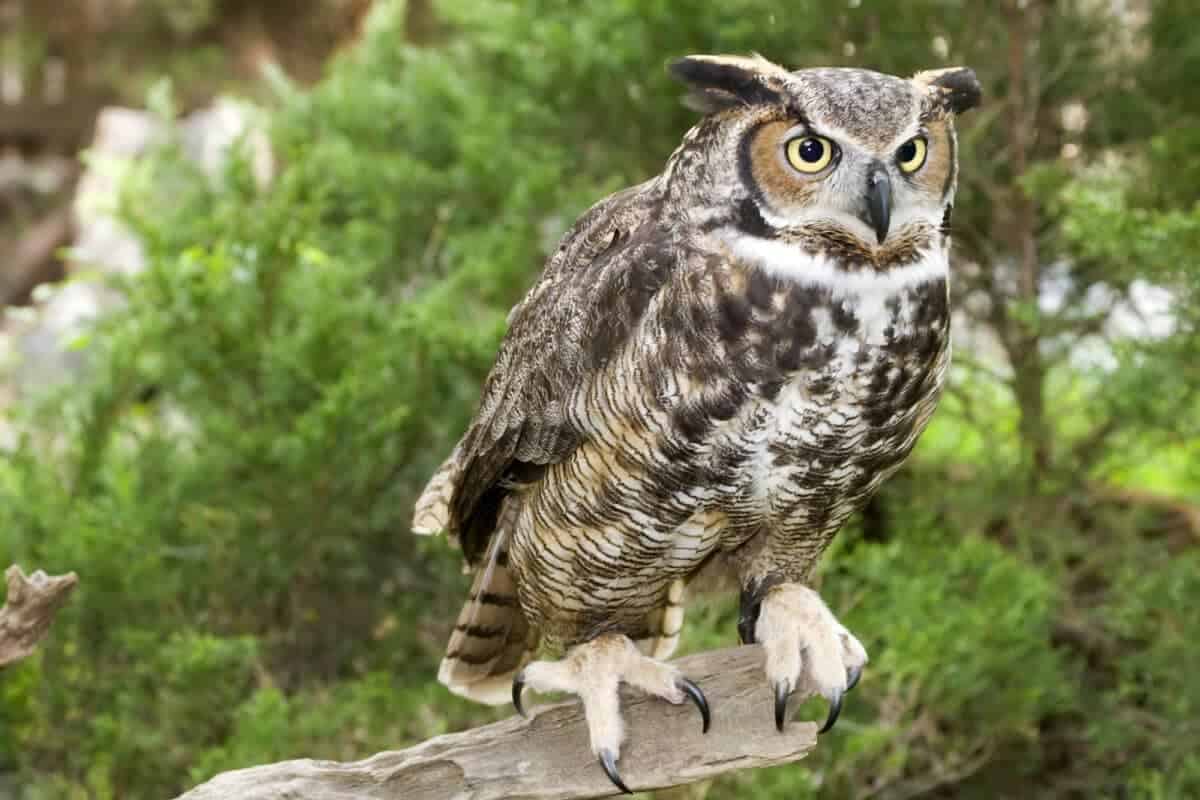
This owl is one of the most widespread and adaptable birds of prey, capable of hunting animals much larger than itself, including other raptors. Its distinctive hooting call is often used in movies and media.
#7 North American Beaver
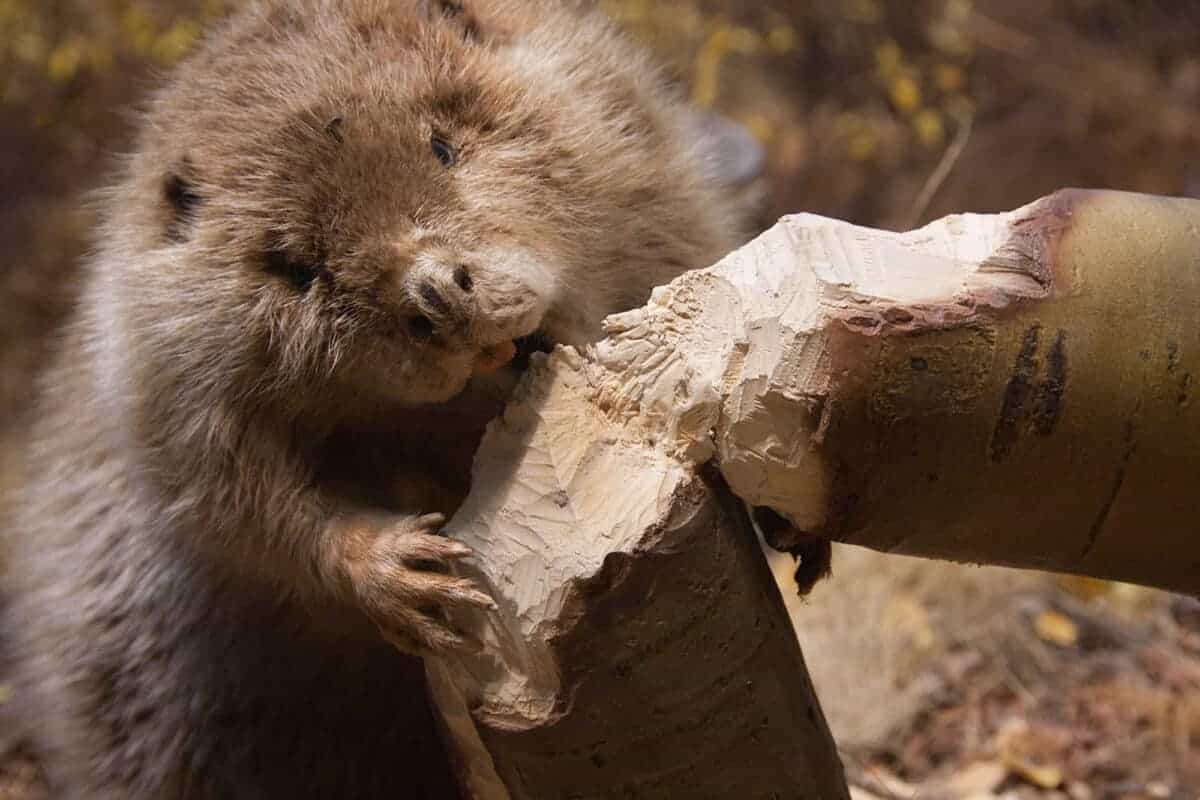
Beavers are nature’s engineers, capable of transforming their environment by building dams and creating wetlands, which benefit a variety of other species. They have a significant impact on water flow and biodiversity.
#8 Moose
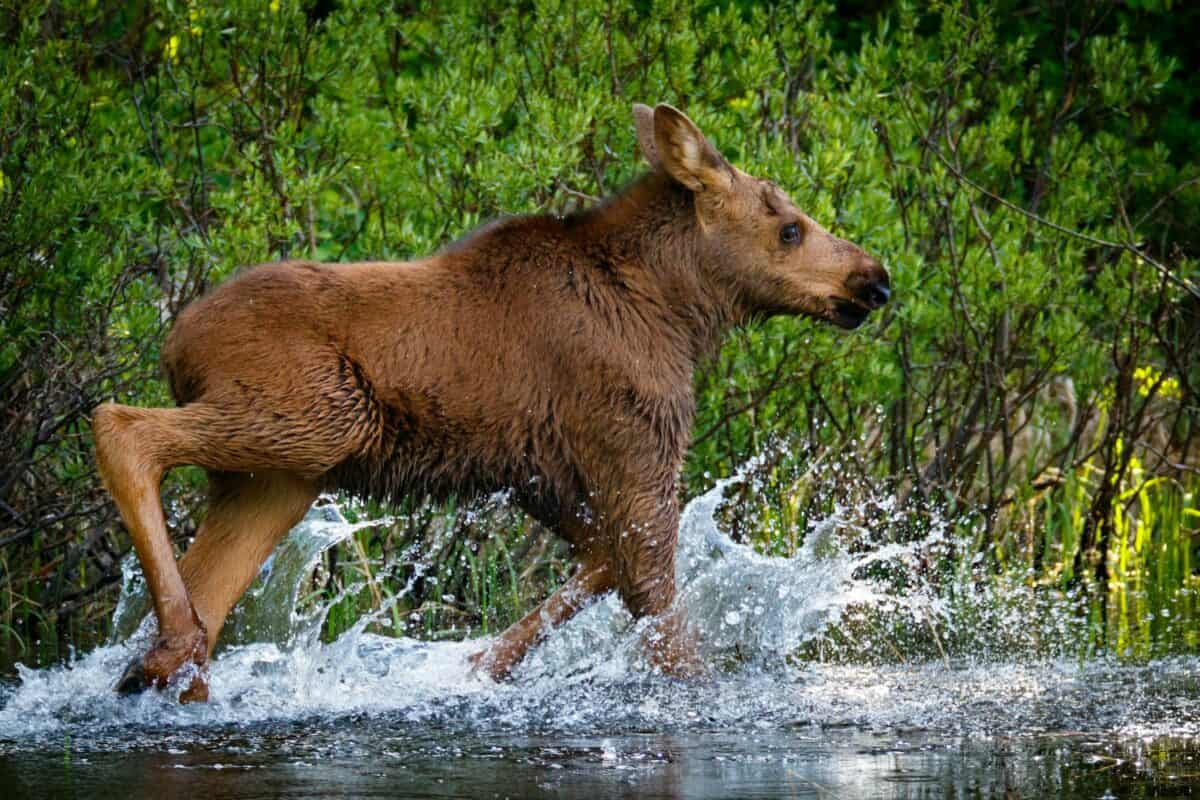
These solitary giants are known for their massive size, with males sporting impressive antlers. Moose are browsers, feeding on leaves, twigs, and bark of trees and shrubs.
#9 Eastern Gray Squirrel
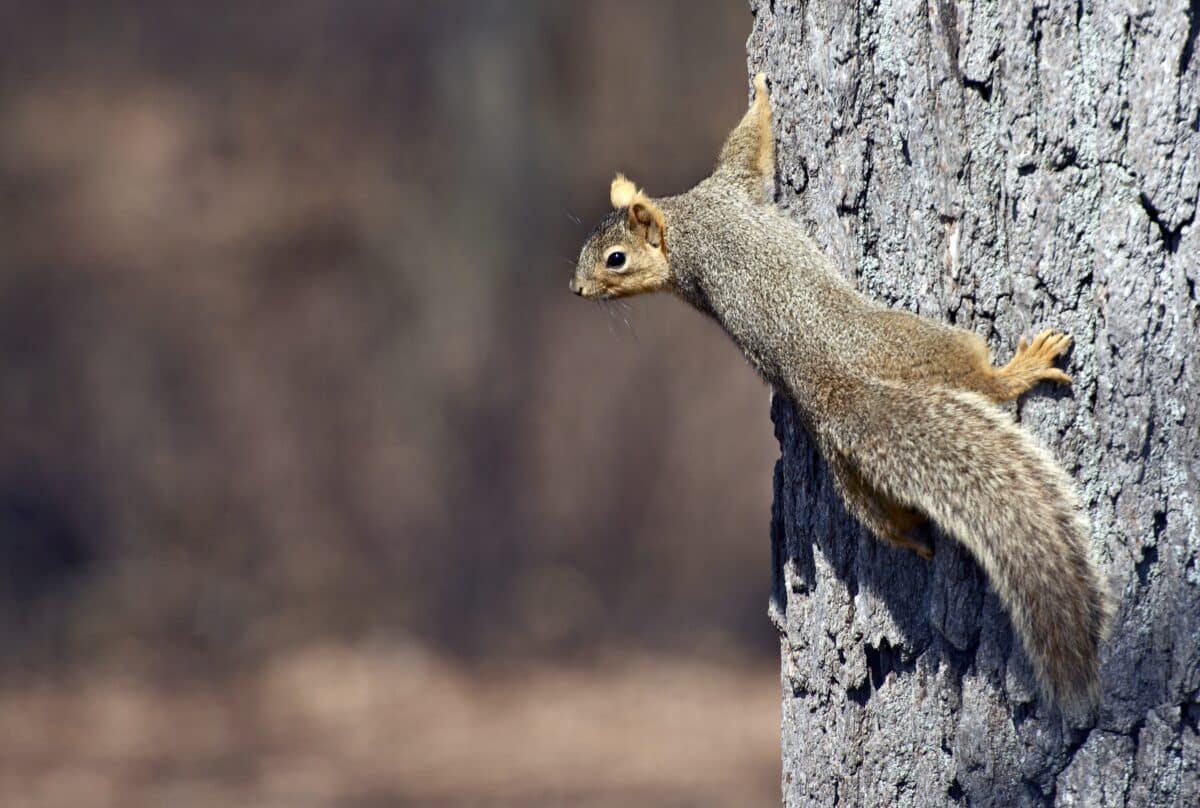
Highly visible in urban parks and backyards, these squirrels are known for their agility and for burying nuts, which contributes to forest regeneration.
#10 Raccoon
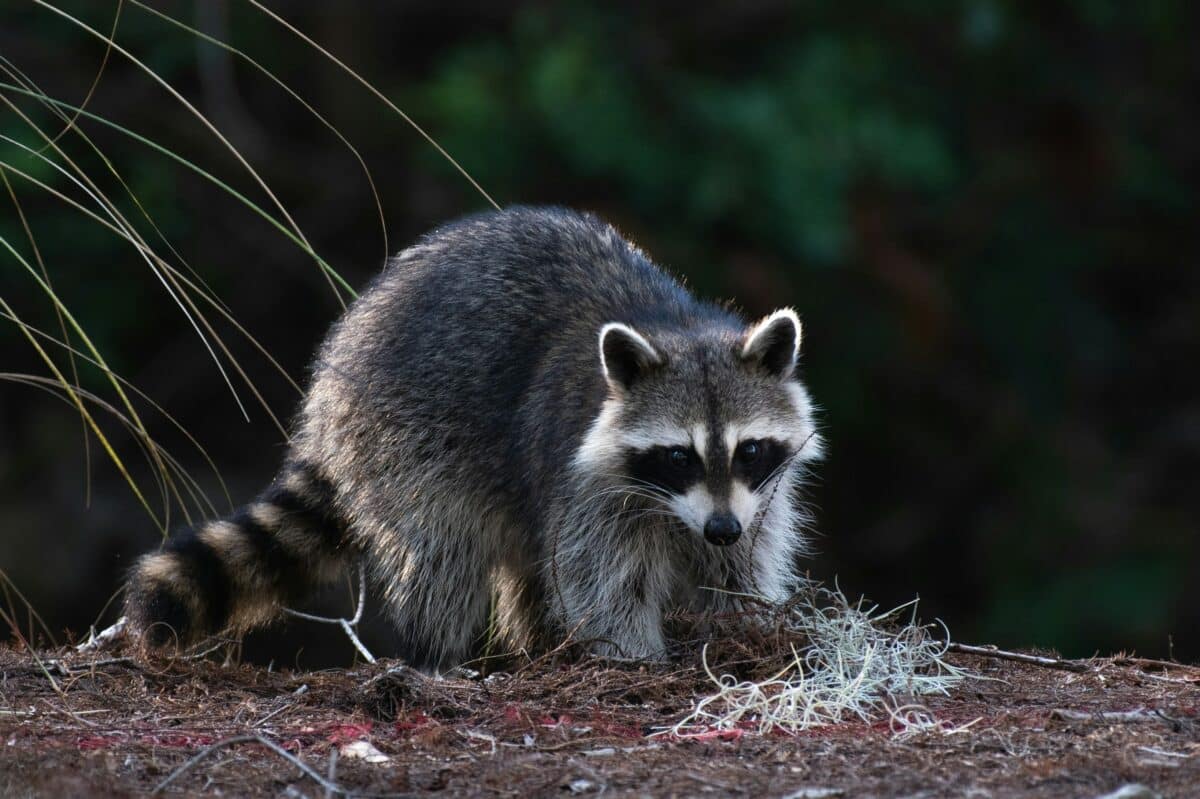
With their distinctive masked faces and ringed tails, raccoons are highly intelligent and adaptable, capable of opening latches and solving complex problems to access food.
#11 American Red Squirrel
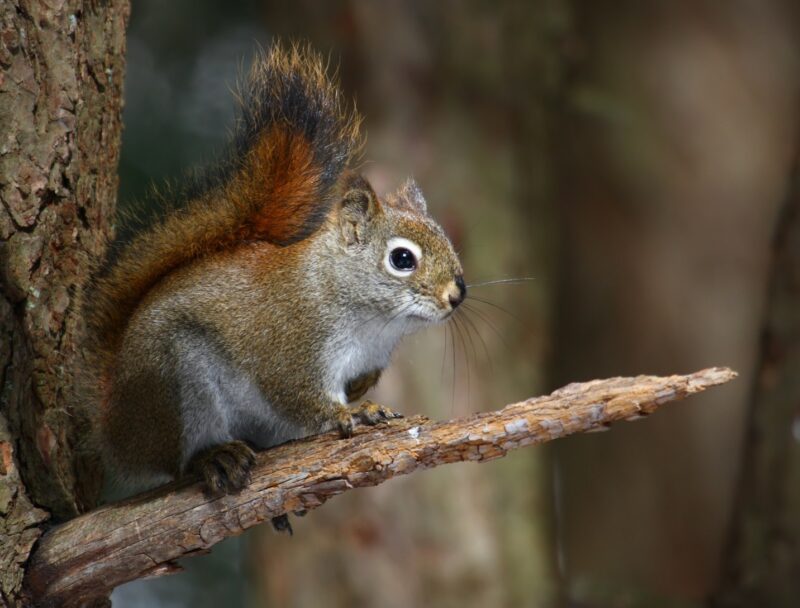
Smaller and more vocal than gray squirrels, red squirrels are fiercely territorial and can be heard chattering loudly at intruders.
#12 Loon
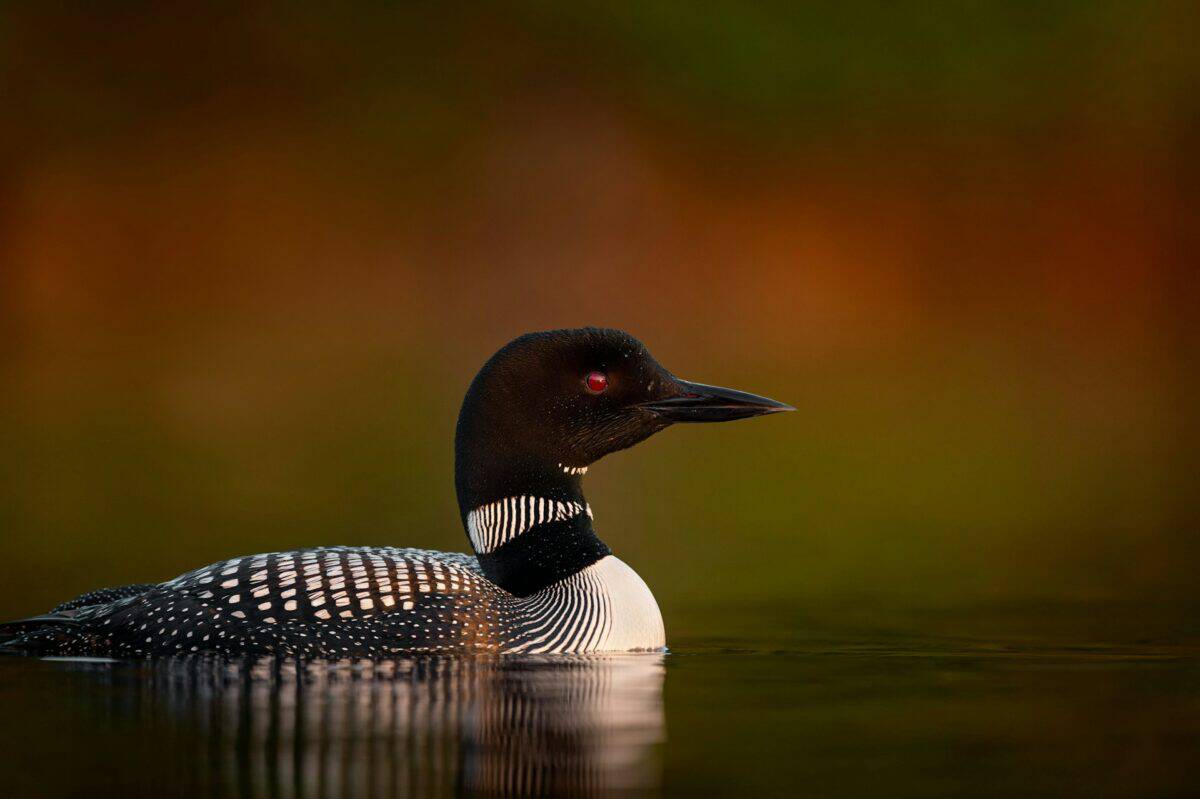
The common loon is famous for its haunting calls that echo across northern lakes. They are excellent divers, catching fish with their sharp bills.
#13 Wild Turkey
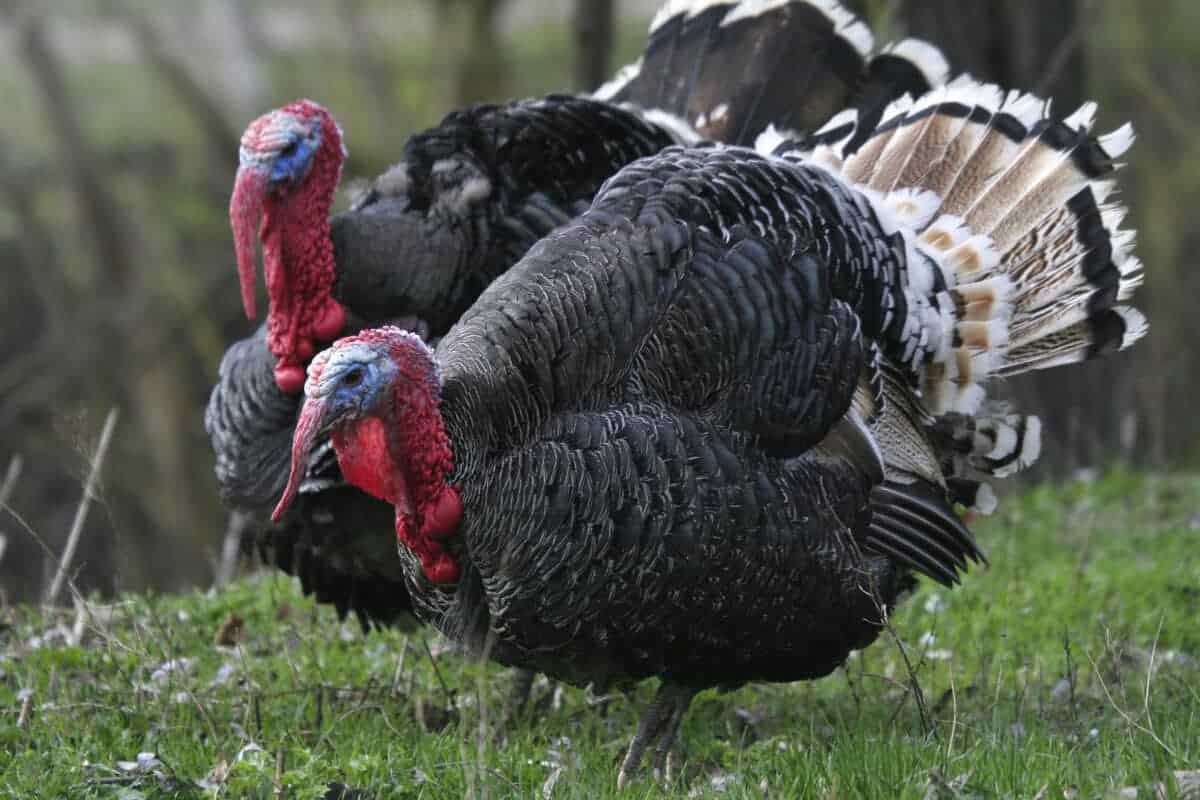
These large birds are social and often seen in groups called flocks. Wild turkeys are capable of short bursts of flight and can run fast to escape predators.
#14 Coyote
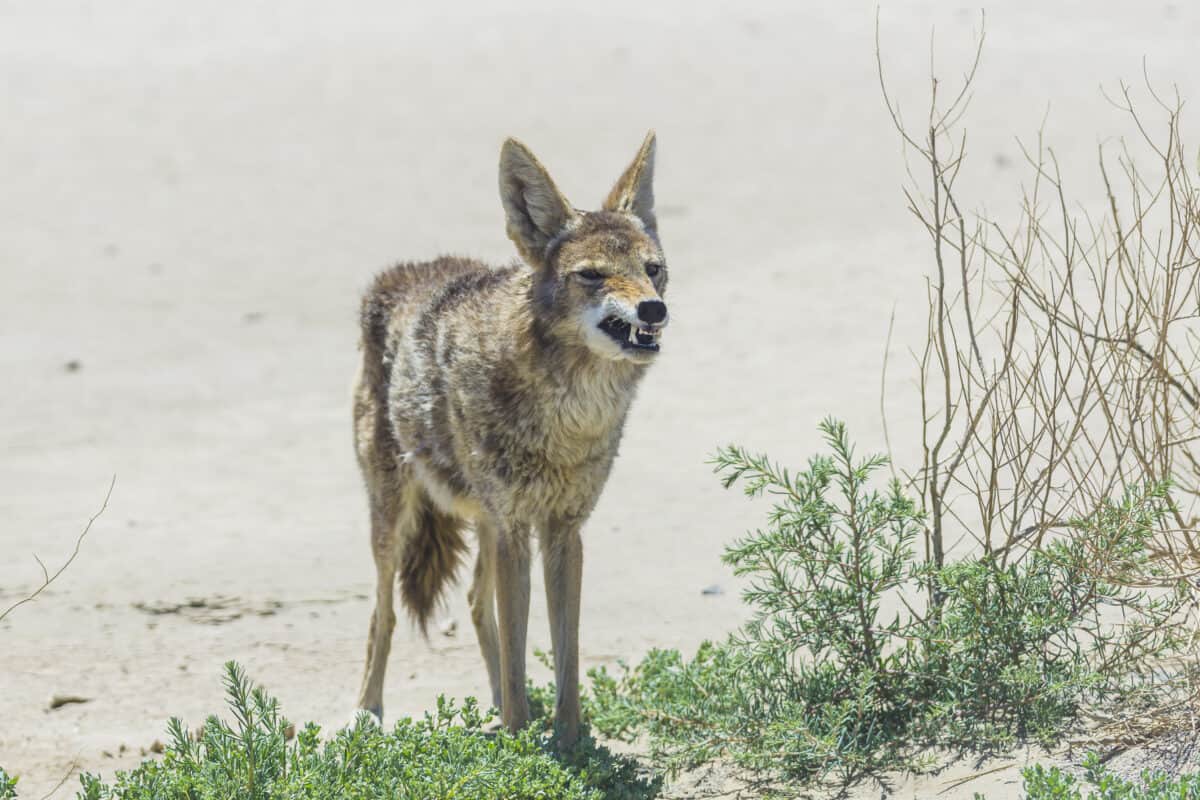
Coyotes have adapted well to human encroachment, living in close proximity to towns and cities. They play an important role in controlling rodent and rabbit populations.
#15 Bobcat
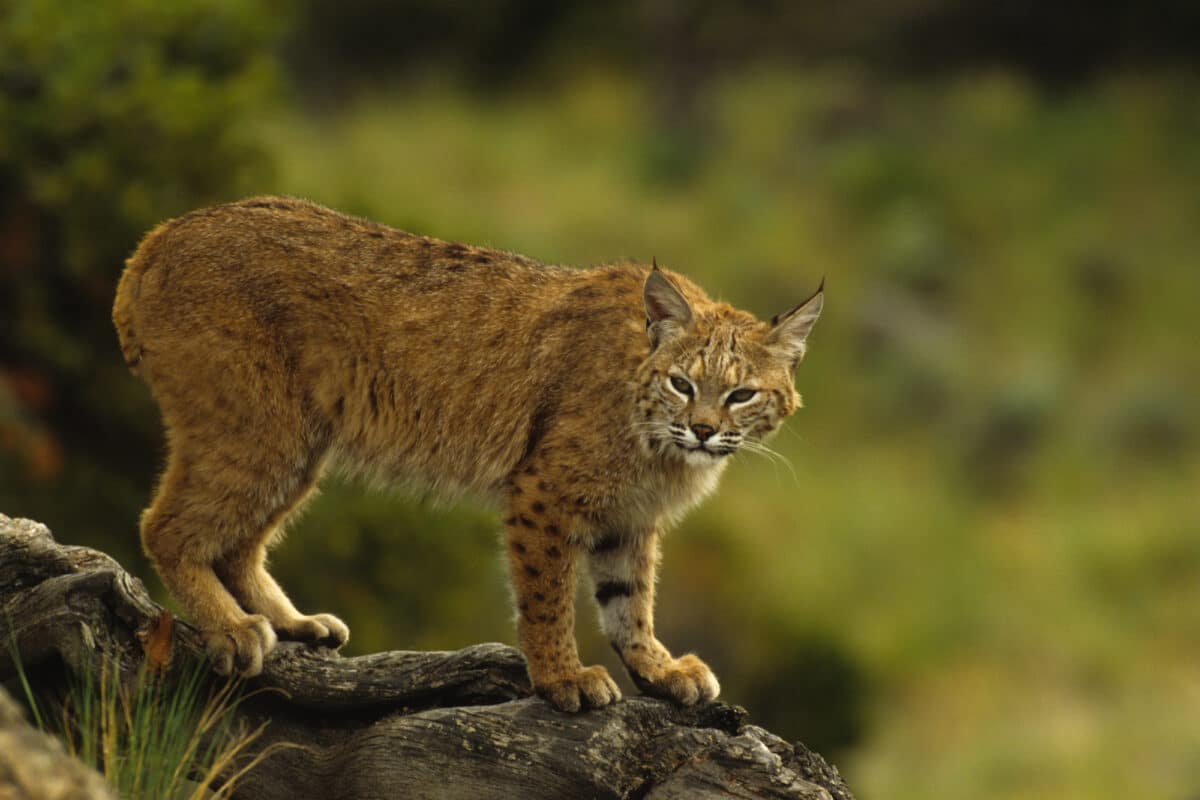
Bobcats are elusive and nocturnal, with a diet that includes rabbits, rodents, and occasionally deer. They have a distinctive short, “bobbed” tail, from which their name derives.
#16 River Otter
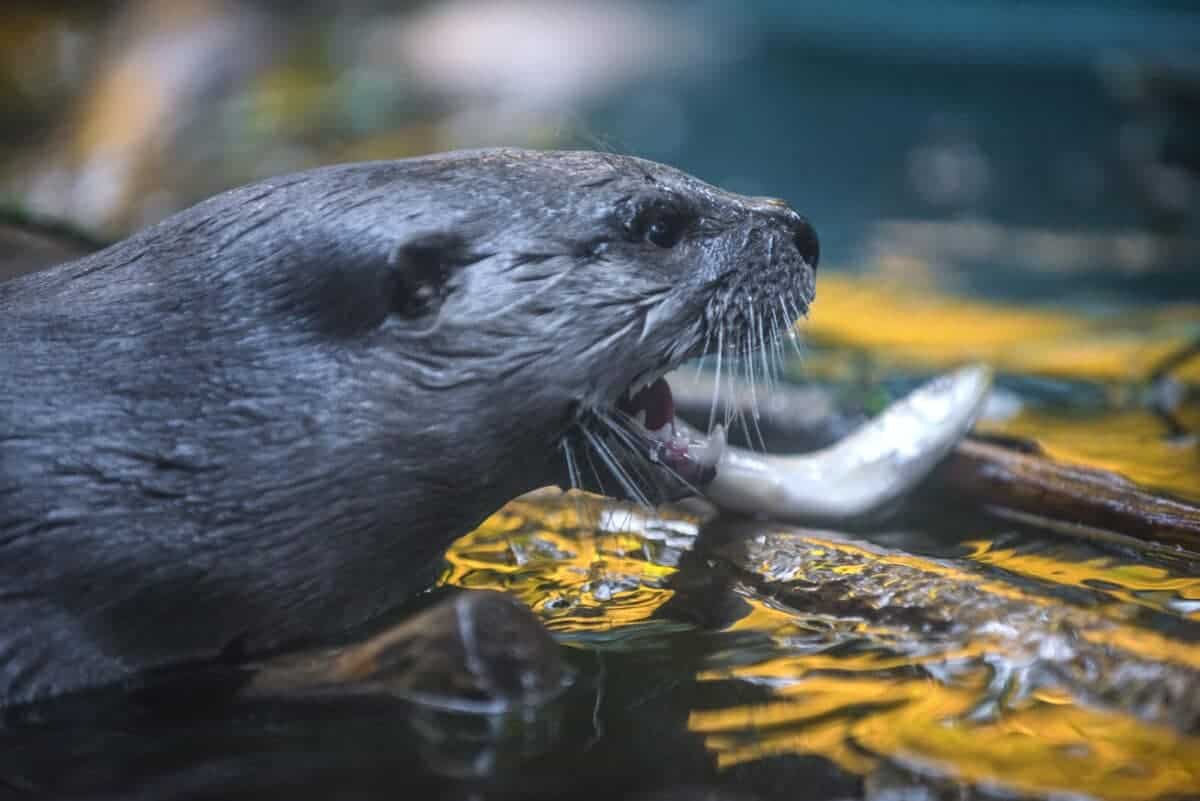
Known for their playful behavior, river otters are excellent swimmers and divers, using their webbed feet and streamlined bodies to navigate underwater.
#17 American Mink
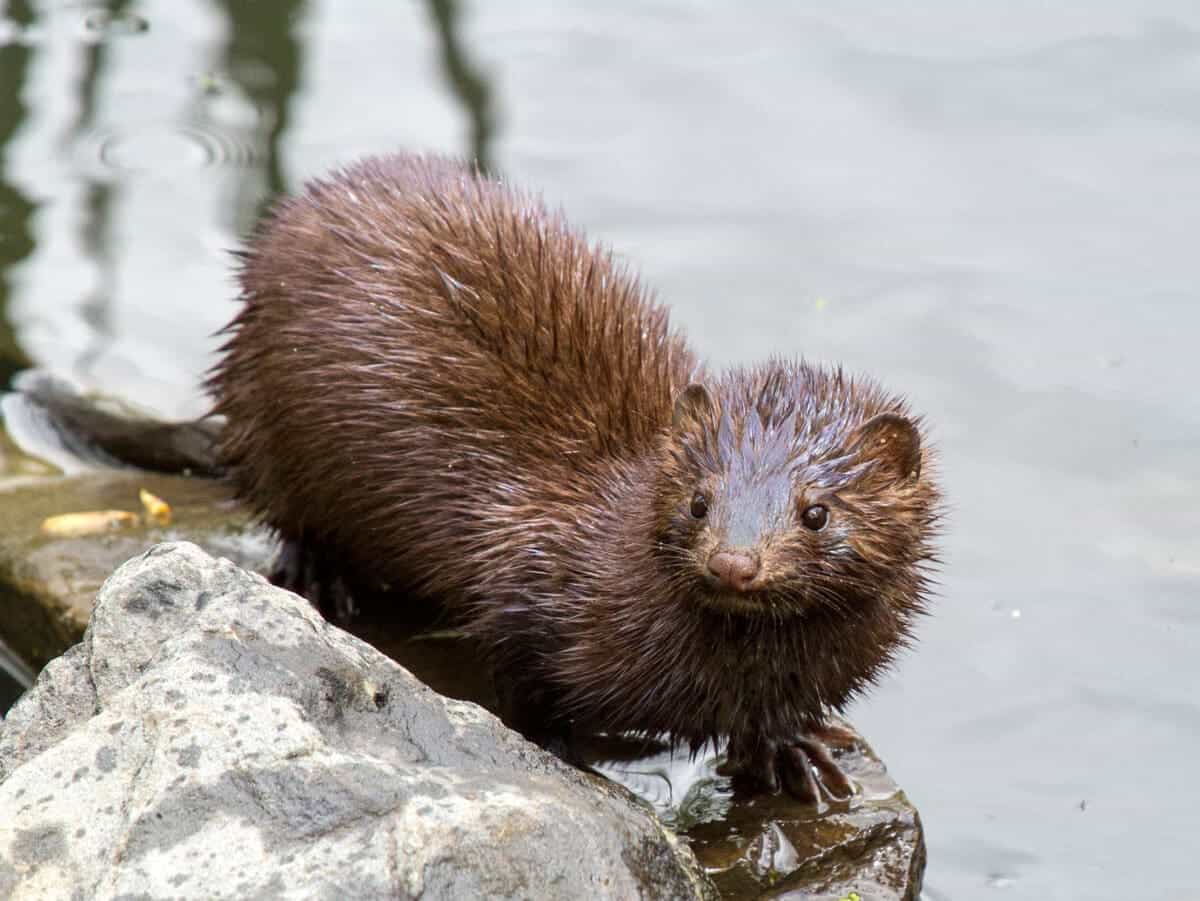
Minks are smaller relatives of otters and are equally at home in the water. They have luxurious, dark fur and are solitary, except during the breeding season.
#18 Sandhill Crane
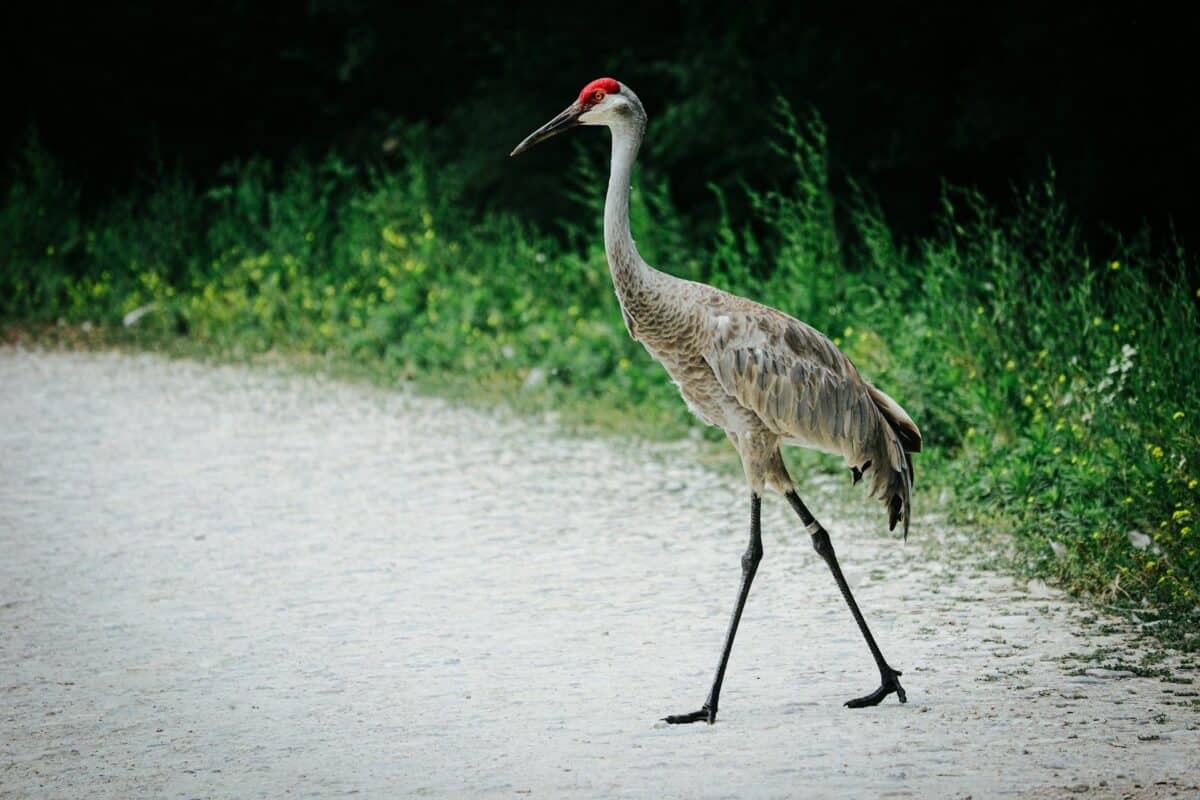
These tall birds migrate through Minnesota in large flocks. They are known for their elaborate courtship dances and for forming lifelong mating pairs.
#19 Pileated Woodpecker
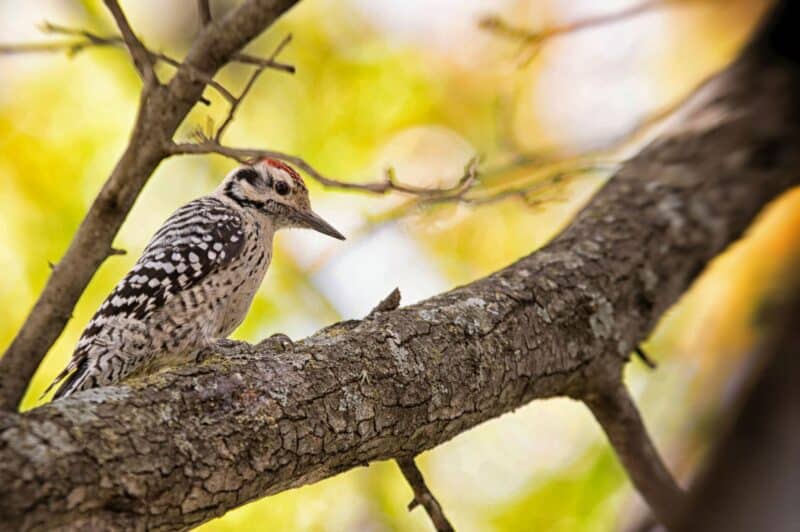
This large woodpecker is known for carving out rectangular holes in trees to find insects. Its powerful beak can also create large cavities used by other species for nesting.
#20 Eastern Chipmunk
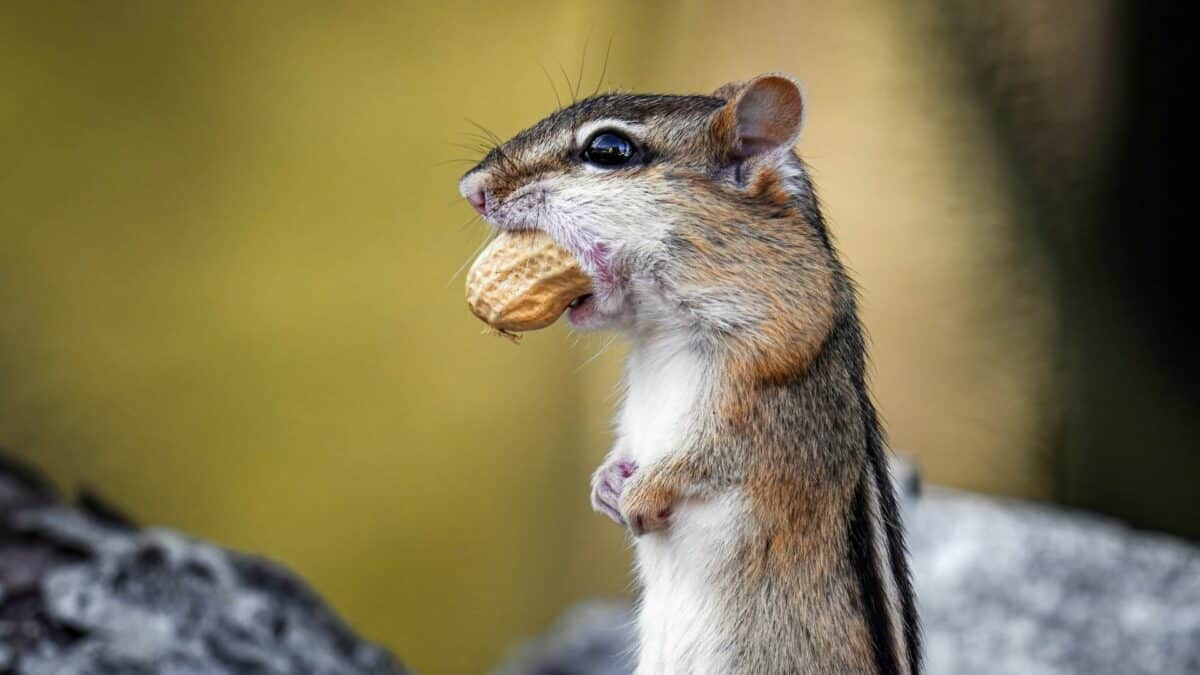
Chipmunks are small, striped rodents with cheek pouches they use to carry food. They are active during the day and are often seen foraging on the ground.
#21 White-breasted Nuthatch
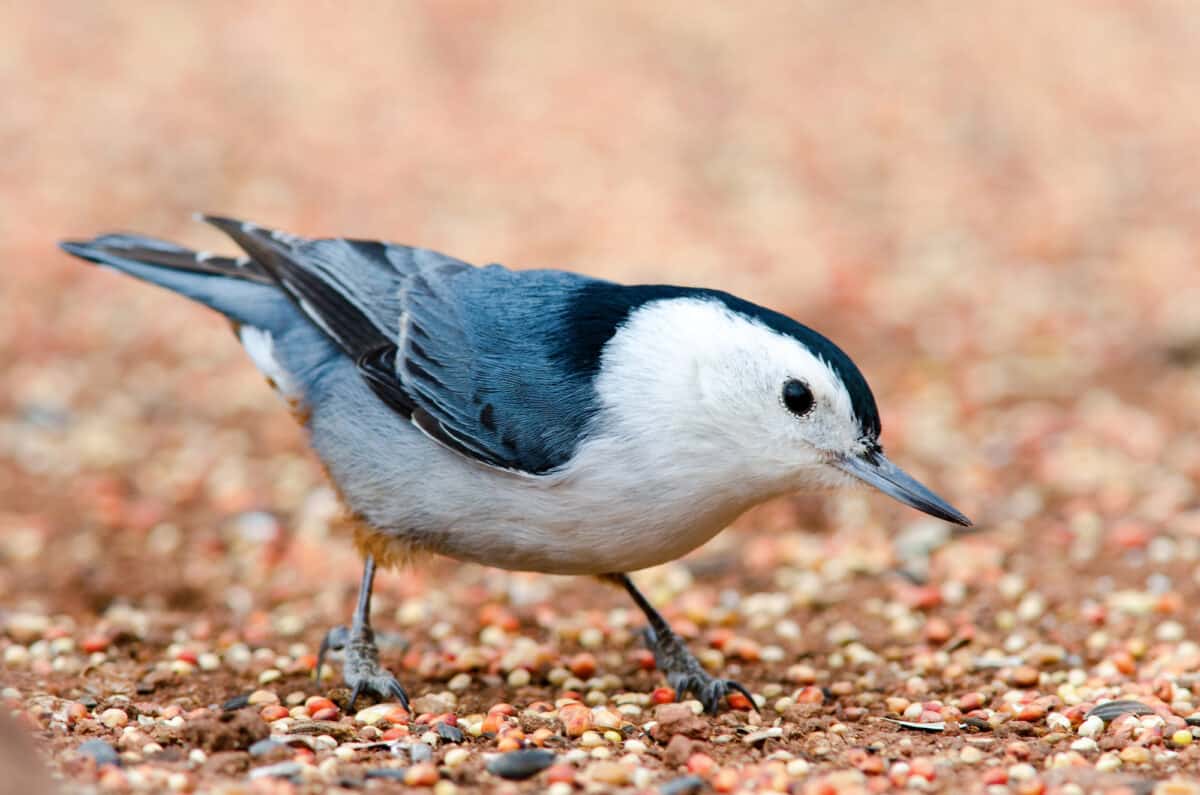
These small birds have a unique ability to climb down trees headfirst. They stash seeds and nuts in tree bark to eat later.
#22 Snowshoe Hare
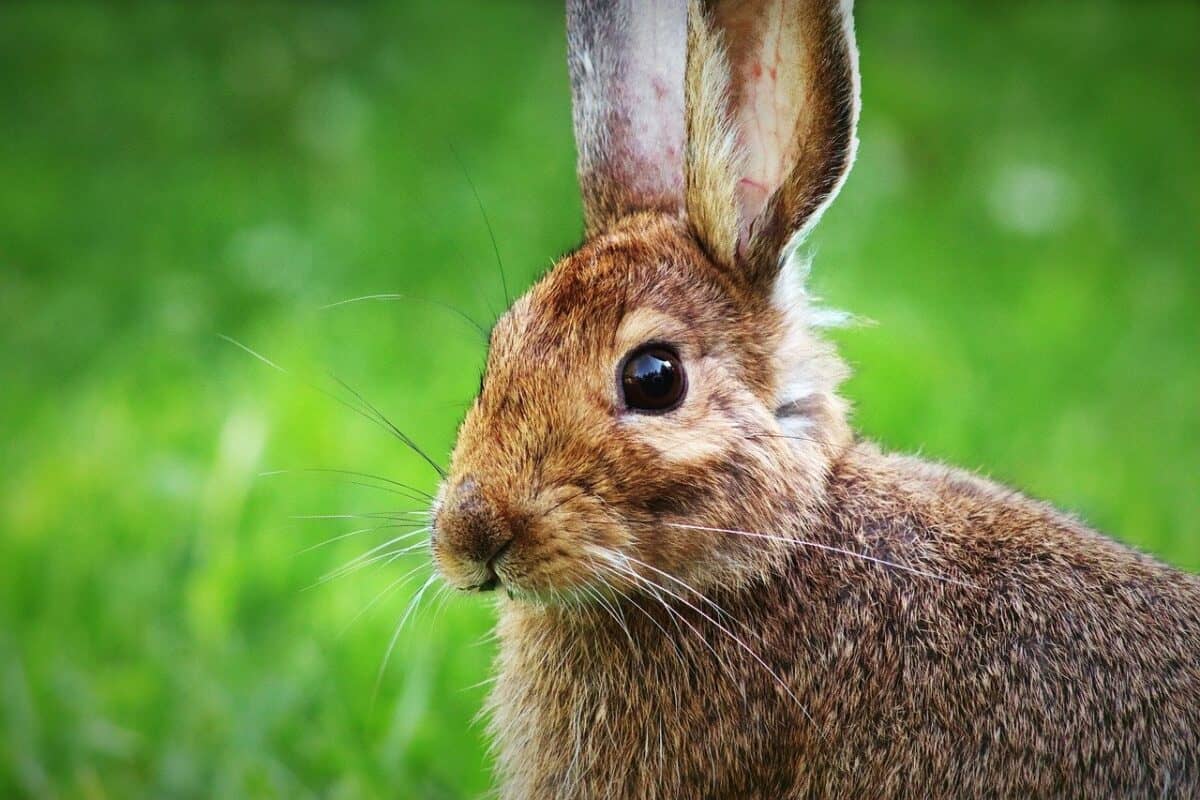
Adapted to cold environments, snowshoe hares have large back feet that help them move atop snow. Their fur changes color seasonally for camouflage.
Animals That You Can Spot If You Go Camping in Minnesota: Wrapping Up
Although you don’t necessarily have to go camping to spot any of these incredible animals from Minnesota, it would definitely increase your chances if you get close to the habitat that they call home.
How many of these animals have you spotted in real life?
Thank you for reading this article about these iconic animals found in the state of Minnesota! For similar reading, take a look at these posts:
- Discover: Top 12 American Animals and Wildlife
- Animals and Wildlife in Oregon
- Top 10 Freshwater Fish In America
Join our Forum for free today!


